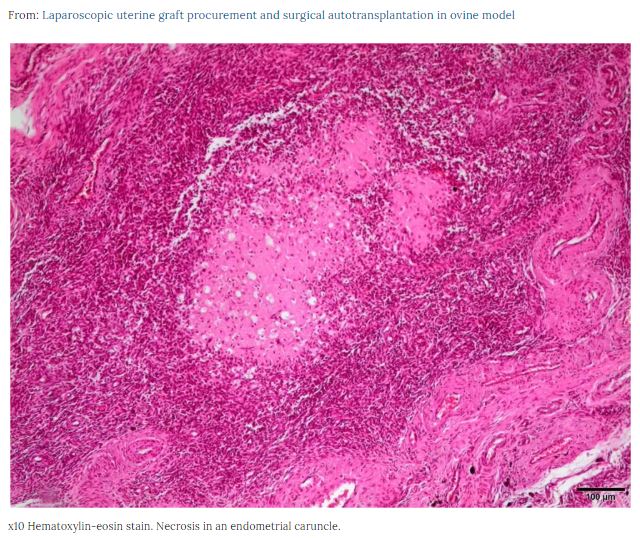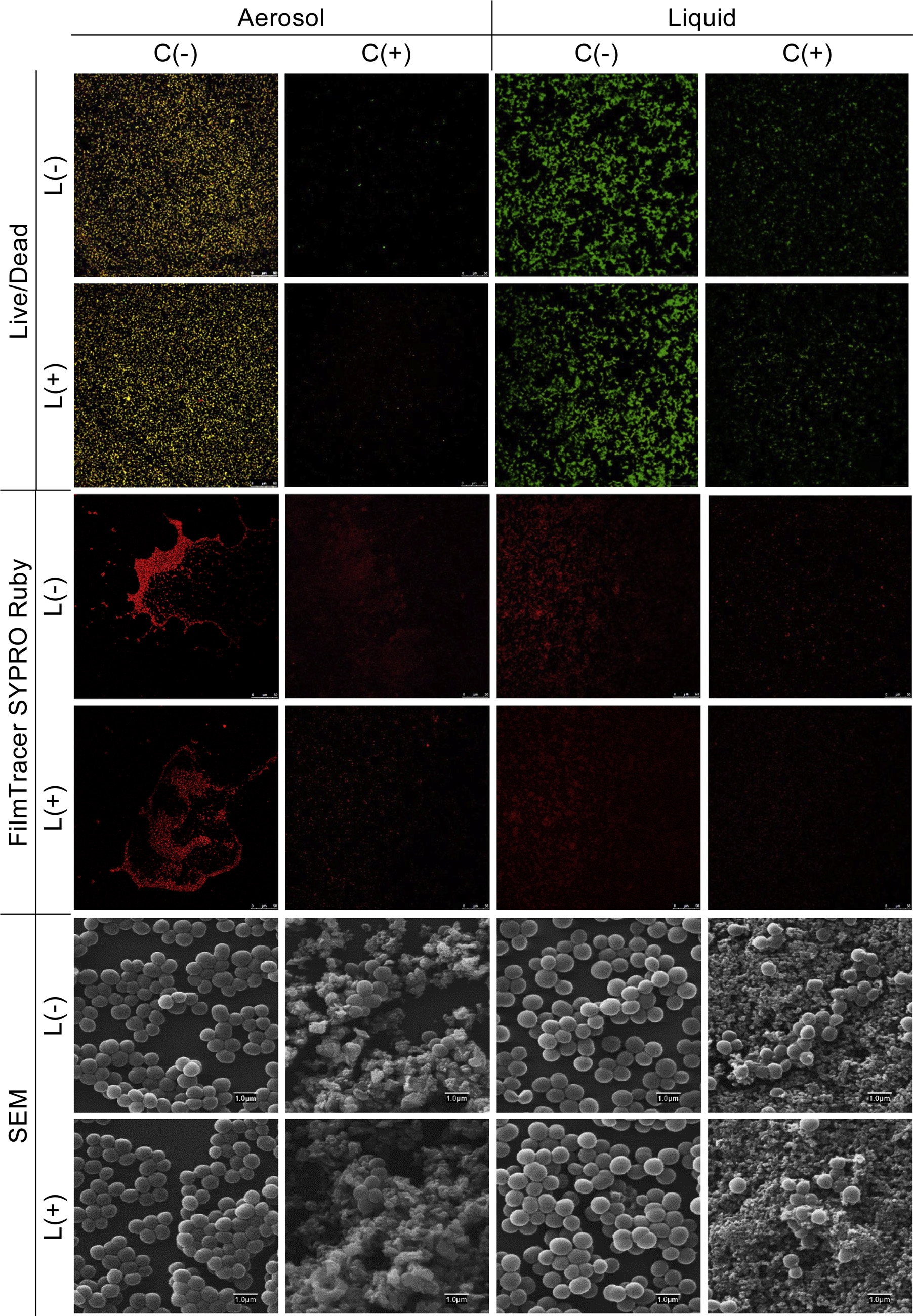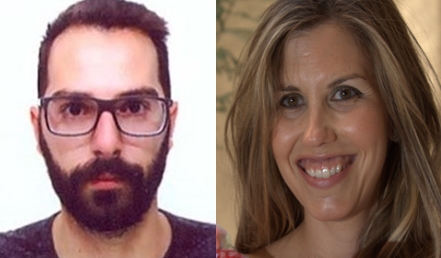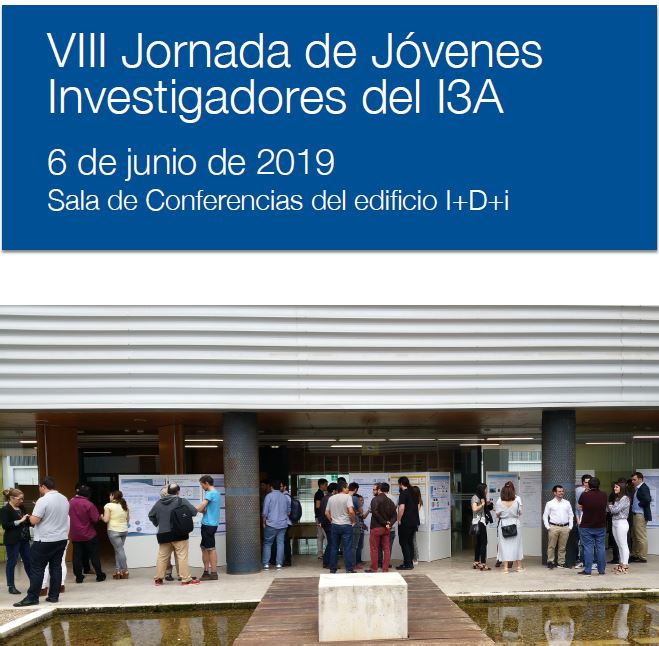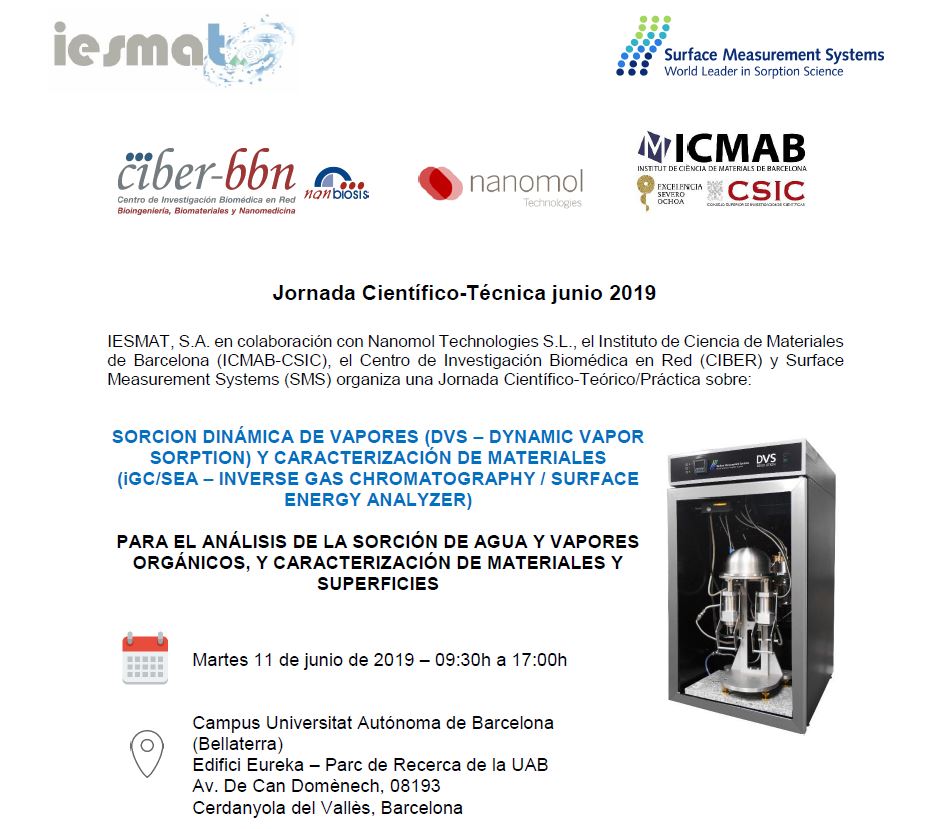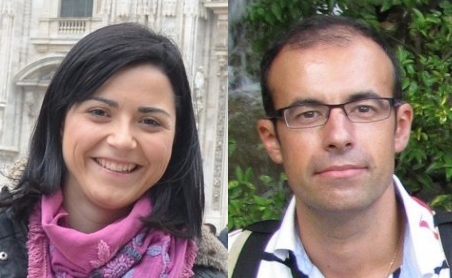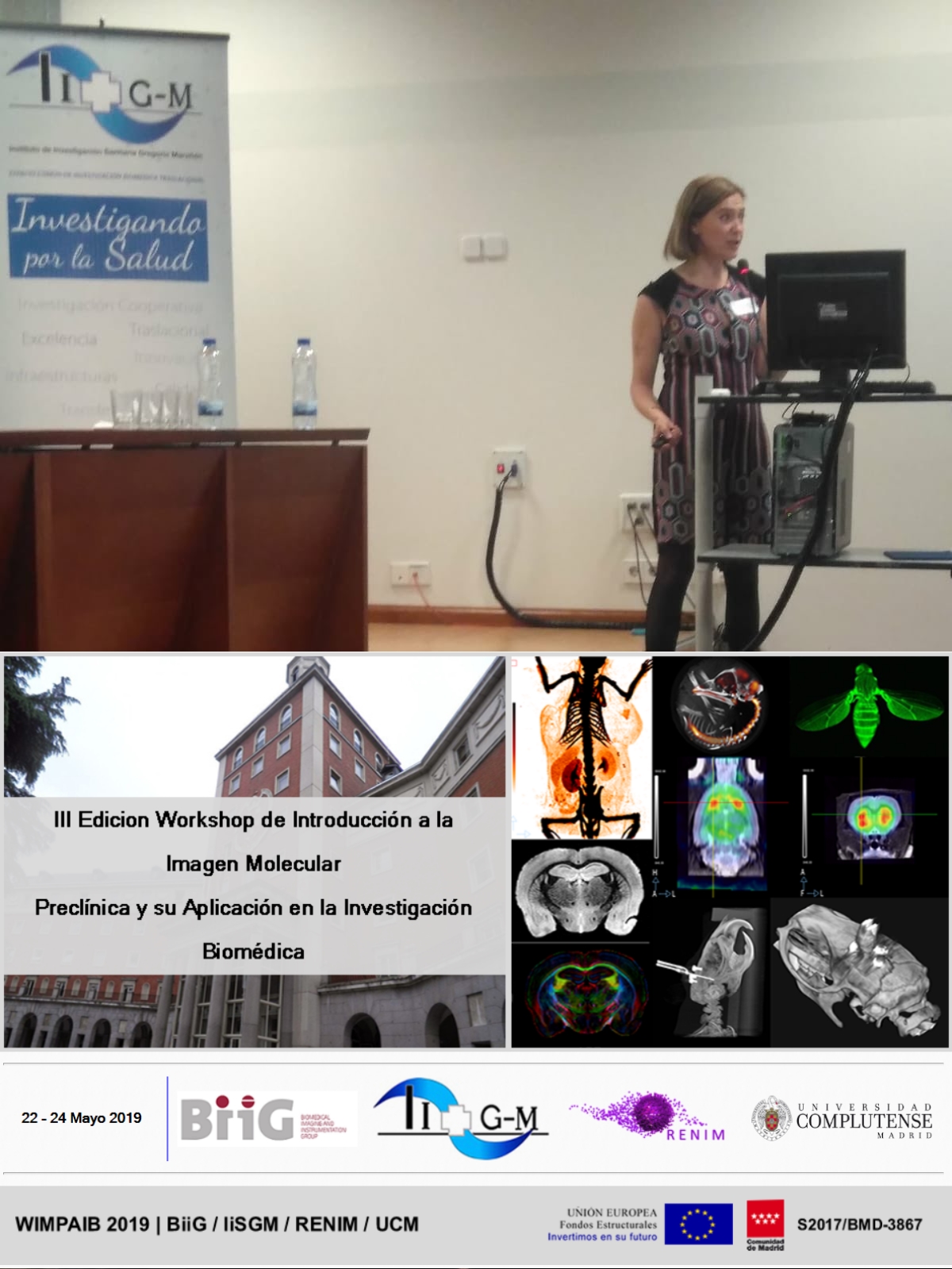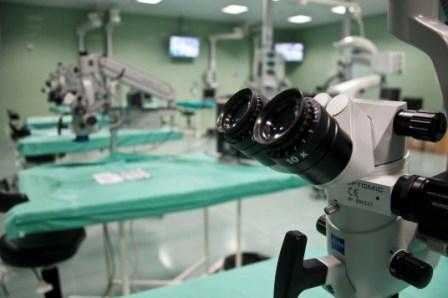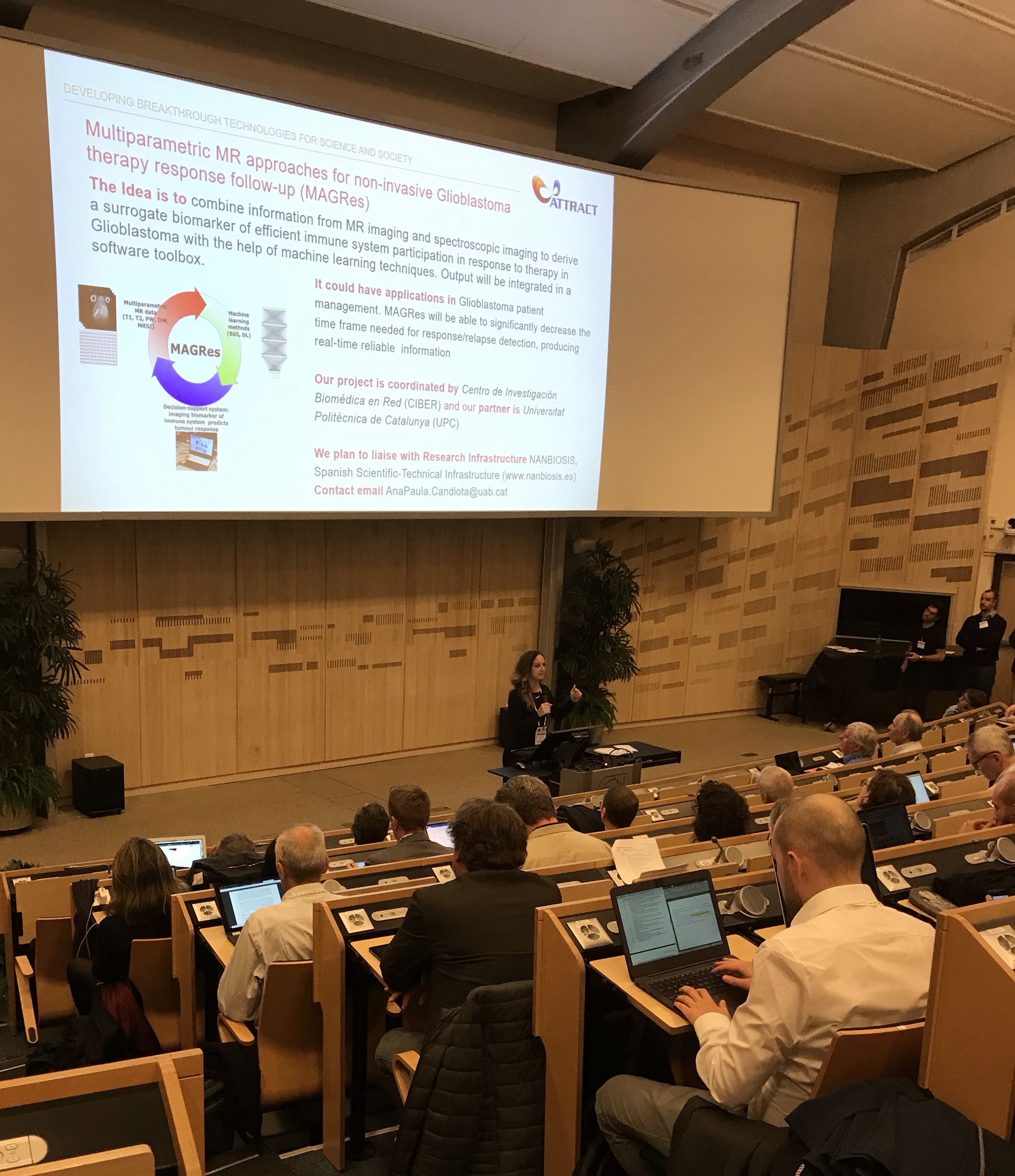Laparoscopic surgery in the uterus retrieval procedure during uterine transplantation
Researchers of NANBIOSIS units at JUMISC have recently published the results of an study that highlights the promising application of laparoscopy for graft procurement surgery in uterine transplantation from living donors for absolute uterine infertility treatment. Laparoscopy seems to be a safe, time saving, useful and technically feasible surgical procedure for uterus extraction, with the additional benefits of minimally invasive surgery. It was also demonstrated that after a successful uterine transplant, pregnancy can be achieved by combining laparoscopy for uterine retrieval and microsurgery for vascular anastomosis. With the increasing success rate of human uterus transplantation trials from living donors, it is very probable that laparoscopic graft extraction will soon become a reality in the transplantation field. However, uterus transplantation will remain as a clinical experimental procedure until sufficient experience is achieved.
The resarch has been executed by using the Unique Scientific and Technical Infrastructure (ICTS) “NANBIOSIS.”
Article of reference:
Francisco Miguel Sánchez-Margallo, Belén Moreno-Naranjo, María del Mar Pérez-López, Elena Abellán, José Antonio Domínguez-Arroyo, José Mijares & Ignacio Santiago Álvarez. Laparoscopic uterine graft procurement and surgical autotransplantation in ovine model Scientific Reports 9, Article number: 8095 (2019)
